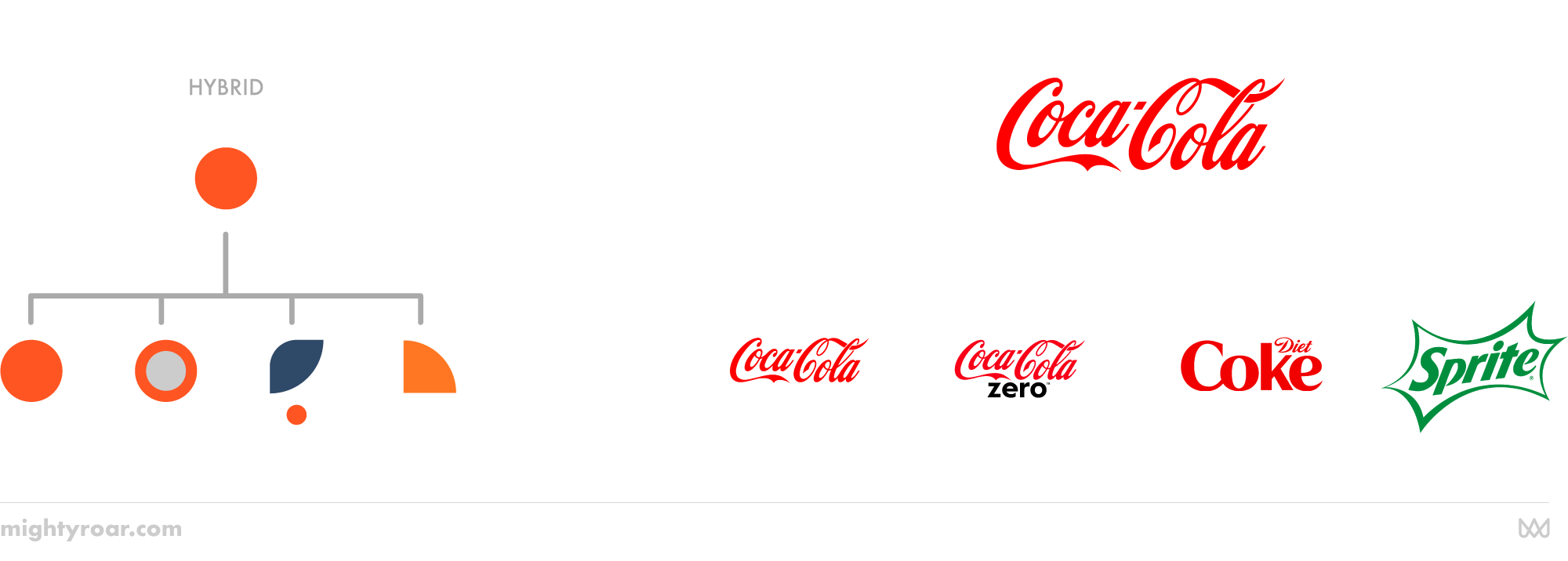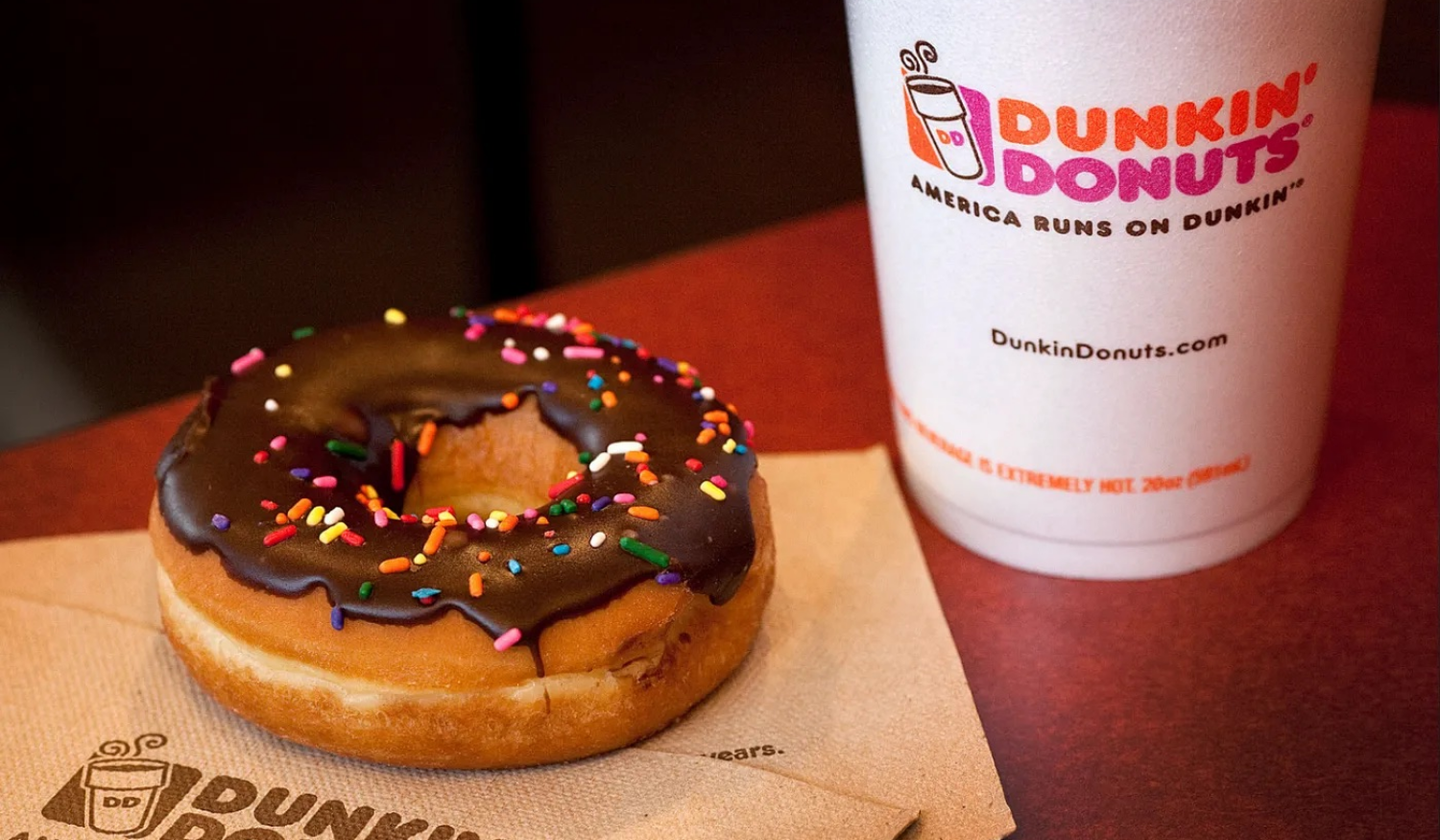When to Pair a Tagline with Your Logo
Your logo is the visual essence of your brand. It's often the first thing your customers see and can significantly shape their perception of your...

As companies grow, they typically evolve into needing sub-brands. A sub-brand is simply a division or subsidiary of an existing brand.
If you’ve begun to research sub-brands, you’ve likely realized this isn’t as straightforward as you may have thought. You’ll come across lots of confusing information, terminology, and sub-brand examples that are all treated very differently.
In this article, we’ve simplified what you need to know about the 5 most important steps you need to take to create your sub-brand guidelines.
These are the steps we follow to carefully and successfully expand our clients’ brands. You’ll learn about the different sub-brand types and the steps for creating your own effective sub-brand guidelines.
Let’s jump into the different sub-brand types.
The first step is to determine what type of sub-brand you’re working with. There is so much information out there about sub-brand types, brand architecture, brand houses, etc.
There are multiple types of brand architecture approaches. Depending on the brand strategy, the sub-brand approach taken will differ.
We’ve broken down the brand architecture types for you below.
In a branded house, all the brands in the portfolio share values with the master brand and share their name. It’s also likely that the sub-brands don’t work independently of one another. This style means all brands within the house are consistent in terms of look and feel, marketing messaging, and more.

How It Works:
Examples:
Sub-brands are still very closely tied to the parent brand, but have a bit of their own identity as well. Their offerings are slightly different, however they still maintain the values and messaging of the parent brand.

How it Works:
Examples:
An endorsed brand involves the parent brand providing their endorsement to another brand from within the brand family, giving the endorsed brand legitimacy and a sense for the audience that the endorsed brand is of the same quality. Each endorsed brand has a different audience, offering and identity.

How it Works:
Examples:
Not to be confused with a “Branded House,” a House of brands is actually the complete opposite: multiple brands that work independently of one another different audiences, products, and identities.

How it Works:
Examples:
Brands that have been around a long time might use a hybrid brand architecture. When a new brand is created, it’s decided whether that will be more of a sub-brand or a standalone brand (house of brands).

How it works:
Examples:

It’s time to get organized! Gather all existing logo files and other assets from your brand, both parent and existing sub-brands. Look at them all together. Answer the following questions:

Which elements are key to conveying the parent brand message? Now is the time to determine what elements must stay in your sub-brand logos, and which can be cut:

Once you complete Step 3, you will have determined which elements are key to conveying your parent brand message. In Step 4, we determine which elements are key to conveying the sub-brand's message.
It’s important to protect the integrity of the parent brand. However, it’s also important to allow for some of the sub-brand’s identity to come through, and give the sub-brand owner parameters to work within. That parent-sub-brand balance will be decided by the sub-brand type.
Areas to consider:

Now the fun begins! As you design your sub-brand logos, some things to keep in mind:
Creating sub-brand guidelines can seem like a daunting task. We hope following the 5 essential steps we’ve outlined for you will help simplify your process and help you create successful sub-brand guidelines.
Have you already figured out which sub-brand type you’re working with? Are you excited to start developing or streamlining your sub-brands?
Sign up for our monthly newsletter to receive updates.

Your logo is the visual essence of your brand. It's often the first thing your customers see and can significantly shape their perception of your...

The word brand is often misused in marketing. The confusion is likely tied to the fact that most “brands” didn’t start out thinking of themselves as...

Most organizations operate multiple brands. Sometimes this is due to a merger or acquisition, while other times it is by design within the marketing...